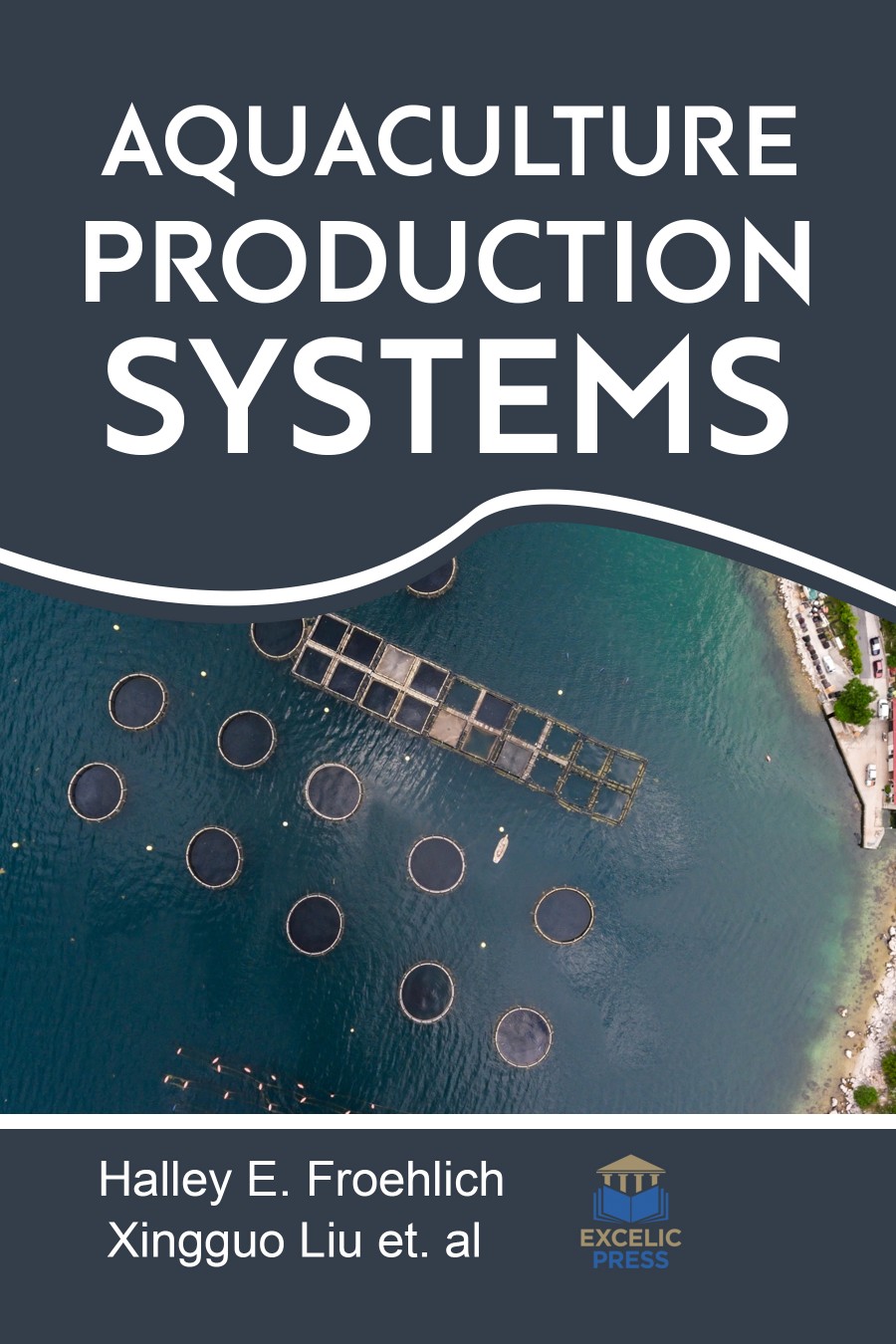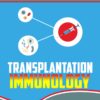Aquaculture is the greatest growing agro-industry globally and in the US and half of all seafood consumed currently comes from aquaculture. Professionals in all aspects of agriculture struggle with humanizing their efficiencies and yields to meet up the food demands of the constantly increasing human population. Aquaculture is the same, and in fact, plays a critical role in this field. Aquaculture must increase production three-fold in the next 20 years to fill up the growing gap between the increasing demand and declining supply of fishery products. As the human population continues to grow, finding means to feed those people is one of the most important challenges faced around the globe. Even in troubled economic times, men, women and children need to eat. And a healthy diet, high in protein is necessary to ensure that growing population does not succumb to sickness and disease. Fish and other aquatic organisms fit the model for healthy sources of protein. Harvests of wild sources of fish, crustaceans and other aquatic species cannot keep up with the demand presented by the growing human population. A comprehensive understanding of production systems is imperative to the winning practice of aquaculture.
Aquaculture Production Systems delves into the massive diversity of production systems used in the production of shellfish, catfish and Salmon Aquaculture in one concise volume that allows the reader to better understand how aquaculture depends upon and interacts with its environment. Explicit chapters focuses on public perceptions of aquaculture, salmon aquaculture and antimicrobial resistance in the marine environment, environmental and physiological factors, water budgets for freshwater aquaculture ponds, causalities between price, pond area and employment in aquaculture production, quality of antimicrobial products used in striped catfish, assessment of the effect of enteromorpha prolifera on bacterial community structures in aquaculture environment, suitable harvest time in aquaculture, and more. A number of aquaculture practices are used world-wide in three types of environment (freshwater, brackishwater, and marine) for a great variety of culture organisms. It also focuses on key research areas that address the main biological and technological challenges that aquaculture is now facing.
This comprehensive volume will help aquaculture become more efficient, cost-effective and environmentally responsible as it increases production to reduce dependence on the declining supply of wild seafood for the growing world population. It will serve as an ample tool to those just being introduced to aquaculture in addition to being a valuable reference to entrenched professionals in quest of information on production methods.













